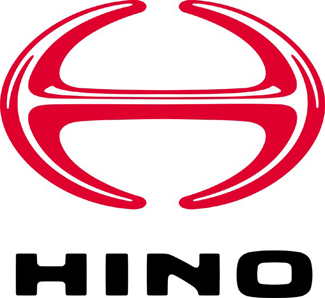Mirai, means ‘future’ in Japanese and this vehicle represents a turning point for the automotive industry, offering the promise of a safer, greener, easier world of motoring.
The Toyota Mirai has the cruising range of a conventional saloon, can be refuelled in less than five minutes and emits only water vapour. In Akio Toyoda’s words, President and CEO of Toyota: “This is a car that lets you have it all, with no compromises”.
The Mirai signals. Start of a new age of vehicles.
Using hydrogen - an important future energy source - to generate electricity, the Mirai achieves superior environmental performance with the convenience and driving pleasure expected of any car. The Mirai uses the Toyota Fuel Cell System (TFCS), which features both fuel cell technology and hybrid technology, and includes Toyota’s new proprietary FC Stack and high-pressure hydrogen tanks. The TFCS is more energy efficient than internal combustion engines and emits no CO2 or pollutants when driven. Drivers can also expect the same level of convenience as offered by gasoline engine vehicles, with a generous cruising range and a hydrogen refuelling time of about three minutes.
The Mirai delivers everything expected from a next-generation car: an immediately recognisable design; driving exhilaration stemming from superior handling stability achieved by a low centre of gravity; and quiet but powerful acceleration provided by the electric motor.
Superior environmental performance
The Mirai features the TFCS, a fusion of fuel cell technology with hybrid technology. The system uses Toyota-developed components including the Toyota FC Stack, FC boost converter, and high-pressure hydrogen tanks.
Toyota FC Stack
The new Toyota FC Stack achieves a maximum output of 114 kW (155 DIN hp) and a world-leading power output density of 3.1 kW/L (2.2 times higher than that of the previous Toyota FCHV-adv limited-lease model).
FC Boost Converter
A new compact, high-efficiency, high-capacity converter has been developed to boost power generated in the Toyota FC Stack to 650 volts. Increasing the voltage has made it possible to reduce the size of the electric motor and the number of Toyota FC Stack fuel cells, leading to a smaller, higher-performance Toyota Fuel Cell System, thereby reducing system costs.
High-pressure Hydrogen Tanks
Tanks with a three-layer structure made of carbon fibre-reinforced plastic and other materials are used to store hydrogen at a very high pressure of 70 MPa (70 megapascals, or approximately 700 bar). Compared to the high-pressure hydrogen tanks used in the Toyota FCHV-adv model, tank storage has been increased by approximately 20 percent.
Superior handling stability and quietness
The high output Toyota FC Stack and optimal battery power control drive the electric motor and ensure powerful responsiveness at all vehicle speeds. This provides an immediate increase in torque at the first press of the accelerator, and powerful and smooth acceleration thereafter.
Handling stability and ride comfort are both improved through the location of major parts such as the Toyota FC Stack and high pressure hydrogen tanks centrally under the floor to achieve a low centre of gravity and superior front-and-rear weight distribution, as well as the use of a high-rigidity body, which features enhanced rigidity around the rear suspension.
The full under-floor cover and aerodynamically designed clearance lights reduce wind resistance and contribute to improved fuel efficiency and handling stability.
Aero fins employed at the side of the rear combination lamps also improve straight-driving stability.
Outstanding quietness is achieved by electric motor drive at all speeds and reduced wind noise, plus full sealing of all body parts, and the use of sound-absorbing and sound-blocking materials optimally arranged around the cabin, including the use of noise-reducing glass for the windshield and all door windows.
The brake support mode makes efficient use of regenerative braking and improves braking performance when the driver wishes to greatly reduce vehicle speed such as when negotiating long downhill sections of road.



















